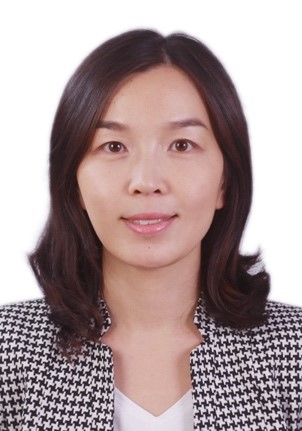Online seminar with Prof. Jingnan Guo
University of Science and Technology of China
Apr.11 2022
8 pm (GMT +8)
In recent years, space agencies such as ESA, NASA, the Chinese space agency and even private sectors have been planning human deep space exploration programs to the Moon and Mars. This requires a very timely and thorough investigation to better understand the space weather conditions and effects for such deep space activities in order to further develop mitigation strategies against the associated radiation risks on humans in space. Radiation damage in deep space comes mainly from two sources, Galactic Cosmic Rays (GCRs) and Solar Energetic Particles (SEPs). As an omnipresent background, radiation induced by GCRs, which are modulated by solar activities, may increase the chance of long-term health consequences, such as onset of cancer, cardiovascular diseases, skin atrophy, eye cataract, leukemia, anemia, leucopenia and malfunctions of the central nervous system. On the other hand, intense solar energetic particles (SEPs) can be considered as mightily related to deterministic radiation effects causing acute radiation syndromes (ARS) which are of great concern for space exploration. Such events, despite of being rather infrequent, could result in severe damage to humans and equipment and lead to potential failure of the entire mission and therefore should be detected and mitigated as immediately as possible.
Under different shielding environment, the intensity and composition of the GCRs/SEPs may vary due to the interactions of primary particles (of different energies and charges) with the surrounding material and the generation of secondaries. Therefore, a precise quantification of the change of particle spectra under different shielding environment (e.g., within a spacecraft in deep space or at Lunar/Martian surface or even subsurface which might be used for future habitat shielding) using a synergistic combination of measurements and particle-transport models is essential for assessing and predicting the radiation environment therein as well as its changes during different solar activities. Another major challenge in predicting the radiation risks for humans in space is the sudden and sporadic radiation induced by SEPs which can be very intense, dynamic and may vary drastically in time and location. Specifically speaking, the radiation and particle enhancement measured at (or predicted for) Earth’s vicinity may be completely different from of that detected elsewhere in the heliosphere as for a Mars mission, due to the different magnetic connection and distance of Mars (or the cruise spacecraft) from the acceleration and release region of SEPs near the Sun. We highlight the utmost importance of utilizing multi-spacecraft in-situ and remote sensing observations of the Sun and the heliosphere to better understand such dynamic events and their dynamic effects across the heliosphere in particular at locations where human explorations may take place.
About the Speaker:

Research Professor Dr. Jingnan Guo earned her PhD in Astrophysics from Purple Mountain Observatory of the Chinese Academy of Sciences in 2011. During her Ph.D, she also studied at the Max-Planck Institute for Solar System Research for 2 years and the University of Glasgow for 1 year. She completed a postdoctoral research fellowship at the University of Genova (Italy) and then joined the University of Kiel (Germany), leading the group effort of the MSL/RAD project at Kiel from 2012 June until February 2019. In 2019 she obtained both the Italian national habilitation title and the German habilitation title. Since 2019 March, she was appointed as a research professor at the School of Earth and Space Sciences in the University of Science and Technology of China. Here she is currently establishing her own group with a research focus on space radiation and planetary space weather. (http://ess.ustc.edu.cn/faculty/jingnan)
Dr. Jingnan Guo studies high-energy particles in the heliosphere, including their origin, transport, as well as their radiation effect in space and in planetary environment. In particular, she has been the core member of a couple of planetary missions, including the Radiation Assessment Detector (RAD) on the NASA curiosity rover and the Lunar Neutron and Dosimeter (LND) on Chang’E4 lander. She has worked on instrument calibration, data analysis and interpretation of the first measurements of the radiation environment on Mars and on the Moon as well as modeling of particle transport through the Martian/Lunar environment. The goal of her research is to gain a thorough understanding of particle radiation environment in space including its origin, effect and variability which is essential for planning space missions, in particular crewed explorations such as a manned mission to the Moon or Mars.
Until 2022, she has published more than 70 peer-reviewed scientific publications, having more than 2000 citations and h-index=22 (Scopus https://www.scopus.com/authid/detail.uri?authorId=55751128300).
Sign up to the ISSI-BJ Newsletter or follow us on WeChat (ISSIBJ) to be always up-to-date and to not miss our seminars!

